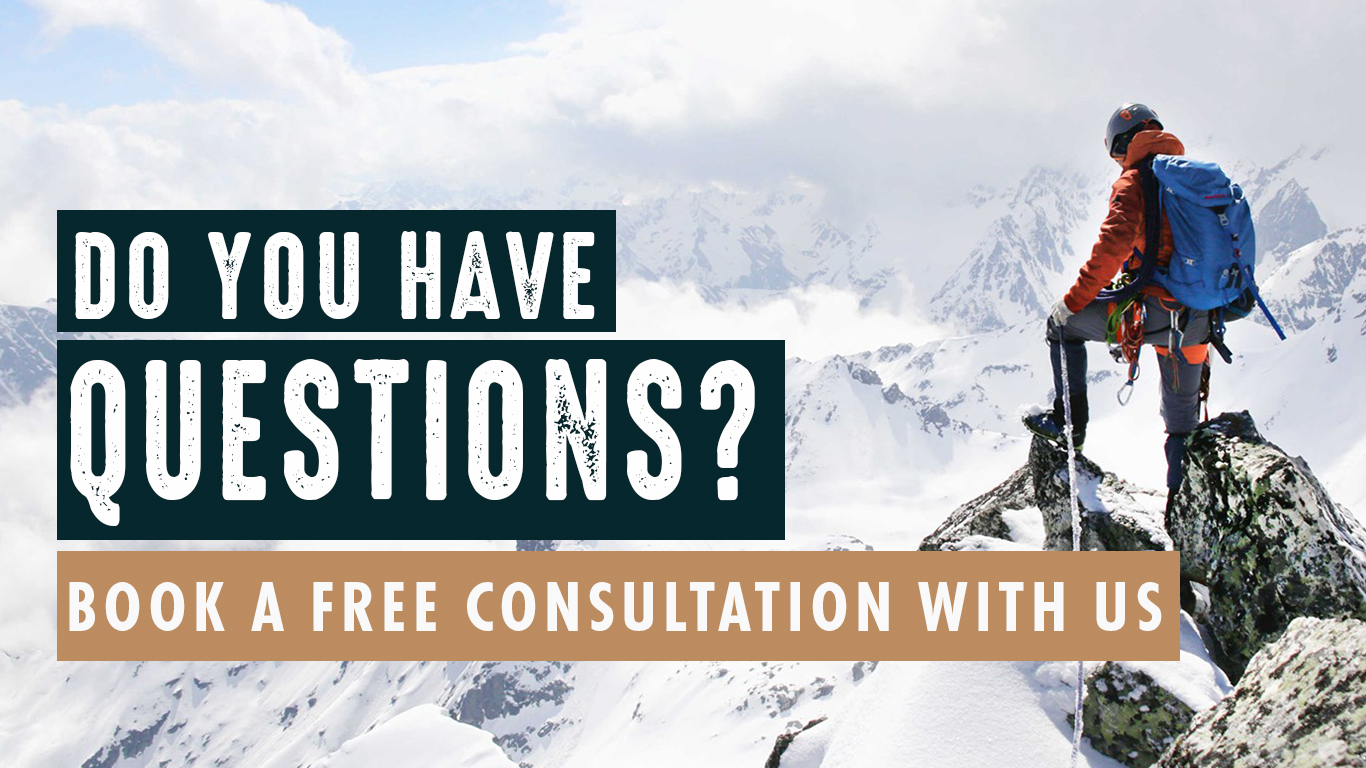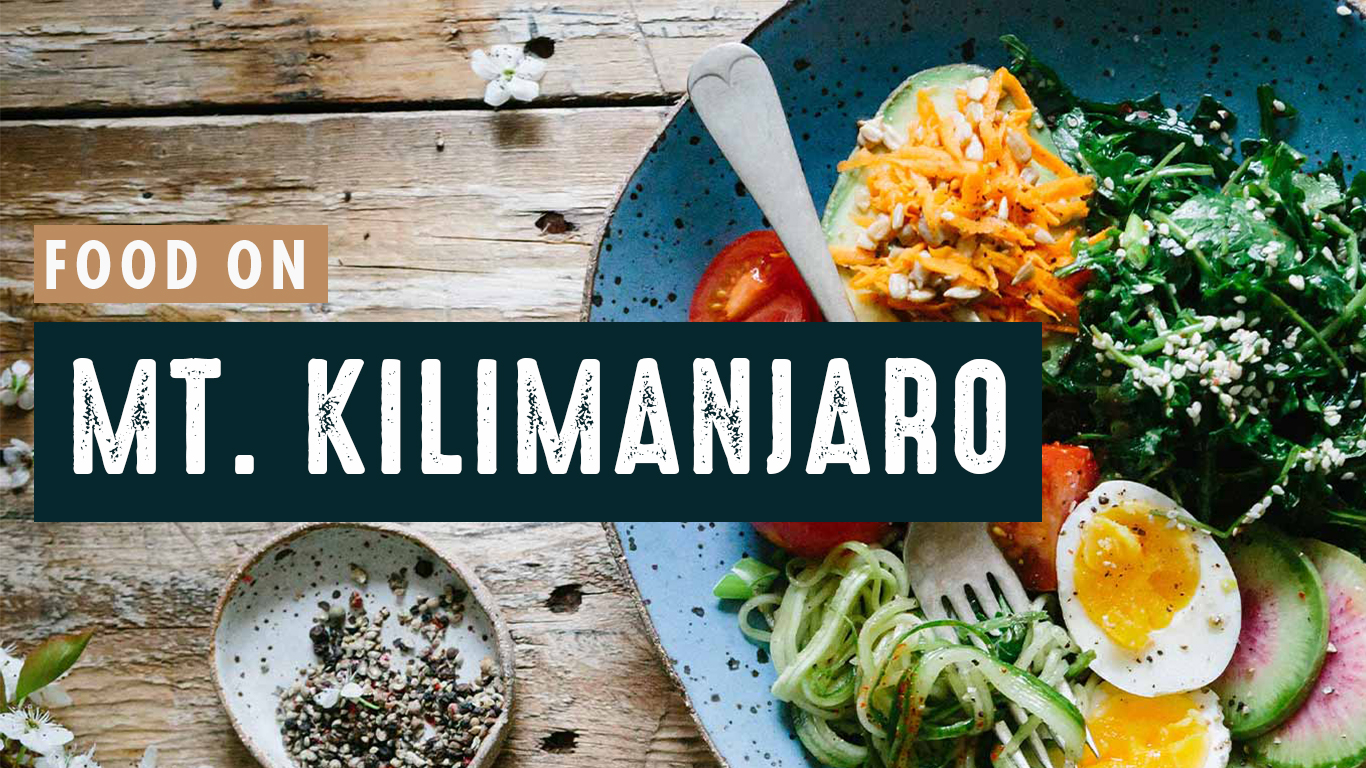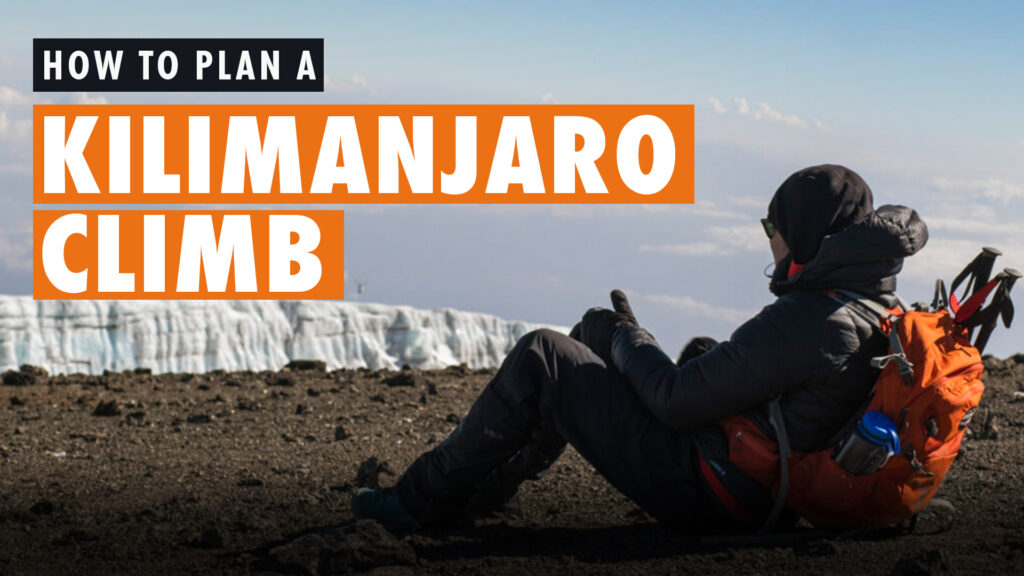
Ascending Mt. Kilimanjaro is an adventure of a lifetime, promising awe-inspiring views and a sense of accomplishment that will forever hold a special place in your heart. To conquer the summit, it’s all about putting in the effort, making the right preparations, having the necessary gear, and undergoing proper physical training. Equally important is having the guidance of experienced experts right from the start, long before you even set foot on the mountain.
When we look at a mountain, we can’t help but dream of climbing it, right? And Mt. Kilimanjaro offers not only a stunning view but also an incredible chance for mountaineering enthusiasts. While it stands tall, presents a challenge, and even boasts icy glaciers, it’s surprisingly accessible even for beginners.
As you gear up for your Mount Kilimanjaro adventure, there are a few things worth considering before you embark on this exciting journey.
Within this guide, we’ll have an informed overview about the crucial points of the climbing trip and provide you with some handy tips in advance.
Five Most Important Points to Know Before You Start Planning:
- Decide on the Perfect Time to Climb
- Pick an Outfitter That Can Plan Your Climb
- Group Climb vs. Private Climb
- Physical Fitness
- Gear and Equipment
Decide on the Perfect Time to Climb
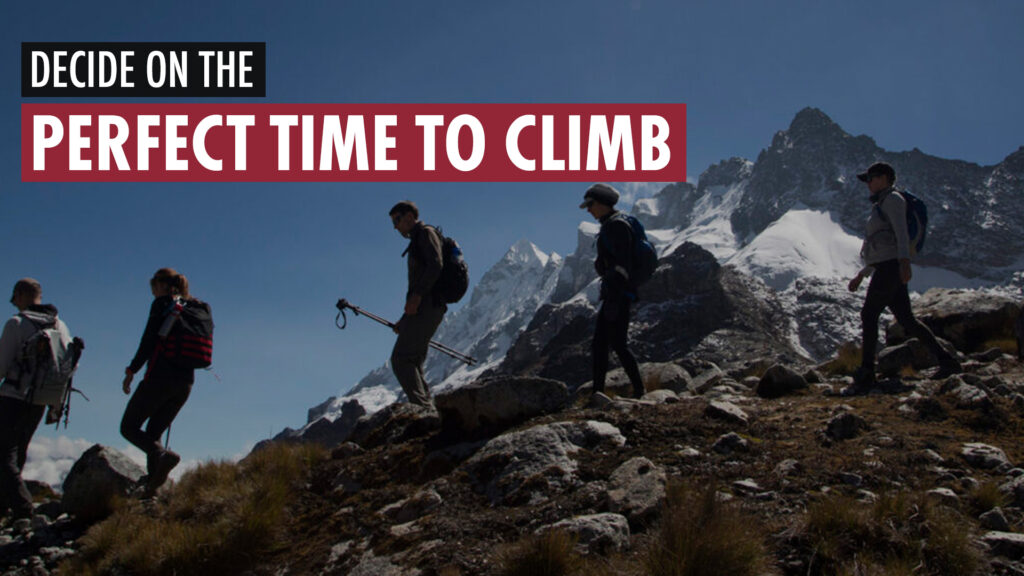
When thinking of the remarkable journey of ascending Mt. Kilimanjaro in Tanzania, it’s wise to commence your planning well in advance, ideally between 9 to 15 months prior to your intended departure date. Allocate a minimum of 11 days and 10 nights for your stay in the country. This duration will enable you to fully immerse yourself in the awe-inspiring landscapes and experiences that Kilimanjaro and its surrounding areas offer. Considering work commitments, aim for roughly two weeks off. This way, you’ll have the time and space to conquer Kilimanjaro at your own pace, soaking up every moment.
Aside from planning the trip on the dates that are available to you, have in mind that you need to plan according to the weather seasons on Kilimanjaro. Kilimanjaro experiences four distinct seasons: the short dry season, long wet season, short wet season, and long dry season.
Since Mount Kilimanjaro sits close to the equator, it enjoys a more balanced climate with distinct dry and wet seasons, rather than harsh winters or summers. This means that the driest months are usually the most favorable for a Kilimanjaro climb. When it comes to conquering Kilimanjaro, timing is everything. Imagine this: January to March, or June to October – these are the sweet spots!
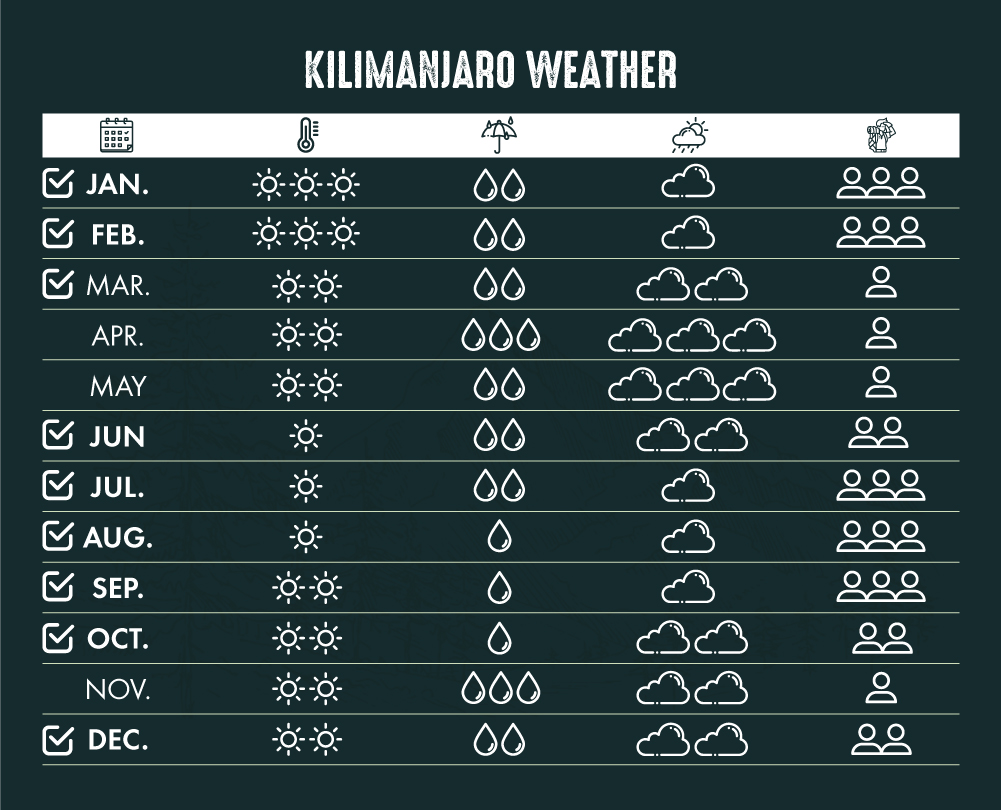
In the first window you will experience clear skies, vibrant landscapes, and an intimate climb. From June to October, be prepared for breathtaking views, perfect temperatures, and eager trails. The best months to ascend Kilimanjaro are January, February, and March, with February offering consistently fantastic weather. Keep in mind, January’s first half can be busy and costly. For a more relaxed experience, plan your trip after the second week.
For a sunny Kilimanjaro climb, late June to October is your best bet. The later in these months, the better the weather. July and August are bustling with fellow explorers, with warm days and slightly colder nights. Aim for mid-September through October for a quieter yet still sunny adventure.
November and December offer a serene experience with occasional showers, adding a touch of magic. April and May transform the mountain into a lush paradise, with quieter trails and refreshing rain showers – a true spectacle of nature!
So, what’s your pick? Every season offers a unique, awe-inspiring journey up Africa’s highest peak.
Be aware that at the summit, you can expect cold and windy conditions, and rain is a possibility any time of year, particularly on the lower slopes. Every climber’s top priority should be safety, and so is ours. Weather conditions greatly affect the risks associated with climbing, so it’s crucial to choose the right time. Navigating rain, mud, snow, ice, and cold can be quite challenging. Opting for pleasant weather significantly boosts your chances of reaching the summit successfully. Naturally, expect a bit more company on the trails during these popular periods.
Finally, mountains are known to have crazy weather systems that can change dramatically each day. There has been heavy rain during the dry season – and weeks of beautiful weather during the rainy season. Sometimes the short rains never come. Other times, as soon as you get to Shira Camp or above the rainforest, you have great weather each day. For safety, it’s best to prepare for Kilimanjaro expecting the worst weather. You can see everything from warm sun to driving snow, no matter when you go. Have rain gear, gaiters, and all the proper cold weather clothing no matter what time of year you tackle the mountain.
Pick an Outfitter That Can Plan Your Climb

A crucial aspect of your Kilimanjaro climb revolves around selecting the right outfitter or climbing company. These professionals are responsible for coordinating essential elements such as obtaining permits, arranging experienced guides and porters, providing necessary equipment and sustenance, and ensuring airport transfers.
When it comes to choosing the perfect climbing company, consider the following:
👍 Years in Operation: Assess how long the company has been in the business of organizing treks up Kilimanjaro. Experience often translates into a smoother, well-planned journey.
👍 Communication Channels: Look for outfitters that offer both a US-based and Tanzanian contact number. This dual presence indicates a commitment to clear and accessible communication.
👍 Online Reputation: Positive online reviews can be a strong indicator of a company’s reliability and customer satisfaction. It’s worth checking out what previous trekkers have to say.
👍 Ethical Practices: Inquire about their involvement in initiatives like the Kilimanjaro Porters Assistance Project, which focuses on fair wages and improved conditions for porters. Supporting ethical treatment of porters is an essential part of responsible trekking.
👍 Safety Measures: Understanding their approach to safety is paramount. Ask about provisions like oxygen availability and regular medical check-ups throughout the journey. These measures ensure a secure and well-monitored ascent.
Group Climb vs Private Climb
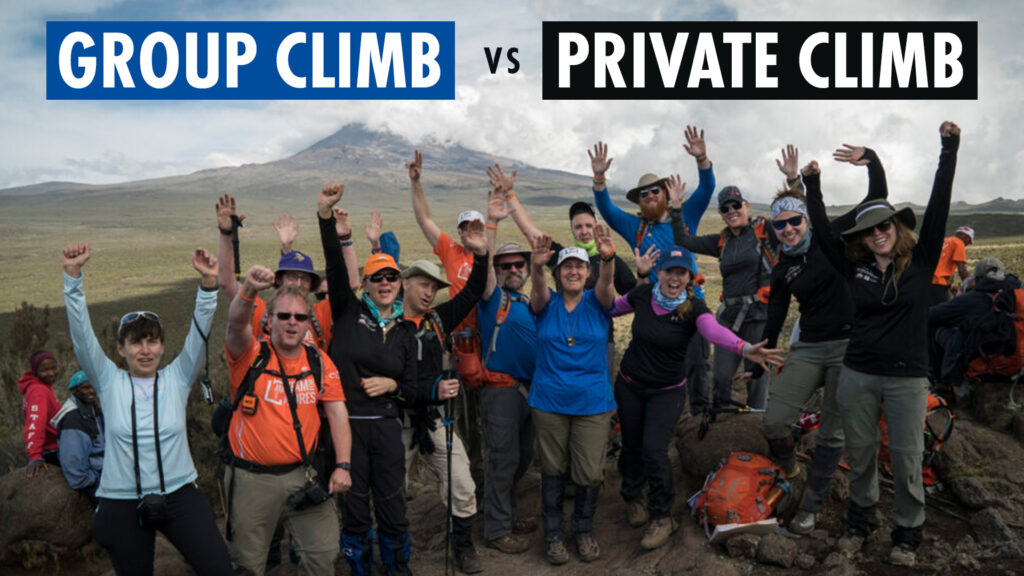
Are you coming with your family, are you looking to join a group? This is important to figure out in advance of your climb.
If you want a private climb, most climbing companies can arrange that based on any date, any time of year. And if you plan fair enough in advance, you can usually get friends, family and acquaintances to join you. Also, in general, the more people you have in a group, the more affordable the trip can be. A trip for two people is usually more expensive than a trip for six people. If you are looking for a group climb – meaning you want to be added into a group, you should plan a long time in advance if you want it to work with your dates. Some climbing companies have trips going every week, and some outfitters only every couple weeks, so it’s important to reach out early and find the right group that works for your time of year. So planning 9 to 15 months in advance really helps with this.
Physical Fitness
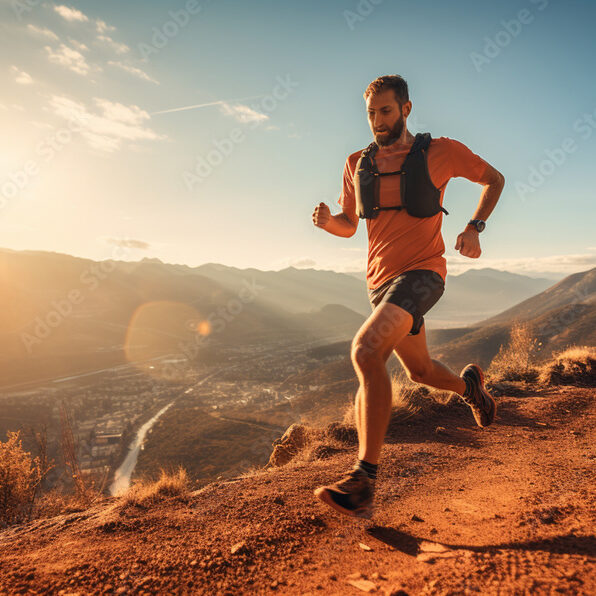
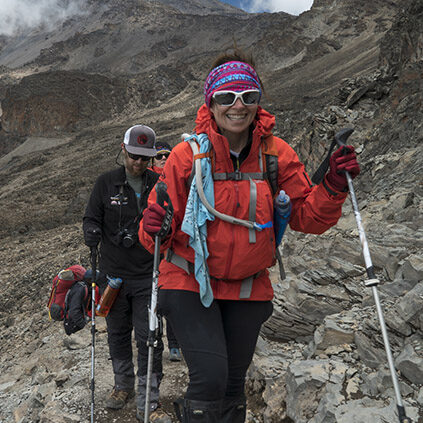
Embarking on the Kilimanjaro adventure requires a well-prepared body. The process begins with a blend of enthusiasm and commitment. Embracing active adventures like hiking, brisk walks, and even invigorating swims builds the foundation. Strengthening exercises for legs, core, and upper body bring confidence to every step.
Embark recommends that you start physically training four or more months before the date of your scheduled climb. To improve your overall aerobic performance, you should work up to doing various cardiovascular exercises three times a week. In addition, you should begin to enhance your general core strength, your balance and flexibility as well as toning your upper and lower body. In an effort to evaluate your improved fitness levels as well as gaining the experience you will need on the trail, it is also important that you get outside and practice hiking on wilderness trails, experimenting with your gear, understanding your newly improving fitness levels, testing the clothing you will be wearing in Africa, as well as becoming comfortable in the outdoors. Now that you are ready to start training, you will need to prioritize your efforts in the following ways:
- Climbing Conditioning: pack-loaded uphill hiking, walking and stair climbing
- Strength Training for the Lower Body and Core
- Cardiovascular Training: Including both aerobic and anaerobic workouts with and without pack weight
- Flexibility Training
While Mt. Kilimanjaro is not a technical climb, summiting Africa’s highest mountain is a huge mental and physical challenge. Getting to 19,341 feet above sea level is not easy in any sense and should be recognized as a serious undertaking. Therefore, it is important to develop a comprehensive training program – ideally 3-4 months in advance – to help increase your odds of making it to the summit. This helps build up the strength and stamina you’ll need. The general rule for training for a Kilimanjaro climb is that the more you exercise and prepare, the more you will enjoy the climb.
Think about where you live and what your surroundings allow and offer. For example, if you’re in a warm place like Florida and plan to climb in September, consider how you’ll train in the heat. On the other hand, if you’re in a cold place like Minnesota and aiming for a March climb, get used to training in the snow, which has its benefits. Training in snowy conditions not only builds resilience but also aids in acclimatizing to Kilimanjaro’s challenging terrain. The benefits of cold weather training extend beyond physical preparation, as it offers a mental fortitude that proves invaluable during the climb.
Gradual progress is the key, that’s why we suggest you start preparing 3-4 months before your climb on Kilimanjaro. The more your train, the more you will enjoy your experience on Kilimanjaro
Flexibility and balance training, akin to warm embraces for your body, improve agility. Remember, rest is just as vital. It’s during these downtimes that muscles undergo their own magical transformation.
Though we can’t completely mimic high-altitude conditions, there’s a helpful option: altitude simulation training. Kilimanjaro’s summit, Uhuru Peak, stands at 19,341 feet above sea level. As you ascend, the air pressure and oxygen levels decrease, making it harder for your body to obtain the oxygen it needs. If you have access to specialized equipment or facilities, this can gently guide your body into adapting to lower oxygen levels. It’s like a little boost for your mountain journey!
Support is never far. Seek advice from fitness experts or healthcare pals for the best start. As you prepare, keep in mind that this adventure is uniquely yours. Enjoy every moment, and be attuned to your body’s needs. With determination and self-care, you’ll stand atop Kilimanjaro, a testament to your incredible journey.
Gear and Equipment
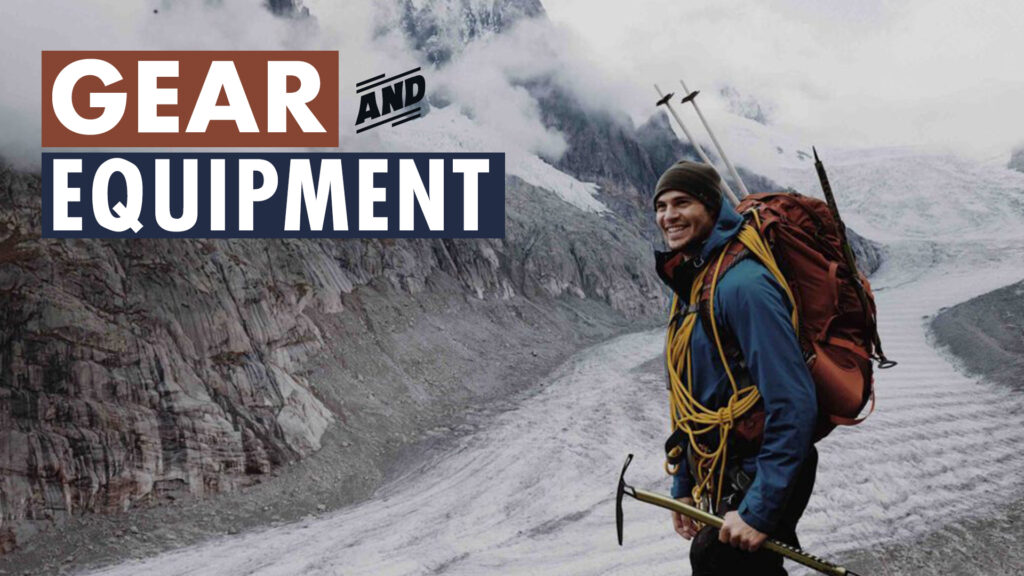
A wise man once said that “climate is what you can expect, but weather is what you get” and on Kilimanjaro you can certainly expect some weather! On your trek to the roof of Africa, you will be passing through five distinctive eco-systems each with differing weather and temperature variations from tropical to arctic. In order to feel comfortable and prepared for these changes, even if you have been hiking for years, you may need a complete head to toe rethink into the type of clothing you will bring with you to Tanzania. When hiking in temperatures that could range from 90 degrees Fahrenheit down to below freezing, having the proper clothing is important but even more important is just how you should layer that clothing so it performs to its maximum value.
A hiker’s attire is all about practicality with substance over style. You will need items that will keep you dry when it’s wet, warm when it’s cold and cool when it’s hot. Think breathable, comfortable, lightweight, durable and affordable. Proper technical outdoor attire does not cost, it pays! Embark highly recommends that all your trekking attire be made of synthetic material. None of your clothing should be more than 50% cotton. Synthetic material is better at absorbing moisture without becoming heavy or uncomfortable and goes a long way in keeping you warm during your hike. If wet weather strikes, soaked cotton clothing will weigh you down and will contribute to hyperthermia. Cotton is hydrophilic, meaning it transfers sweat from your skin to the material itself, thus it’s horrible at “wicking” wetness away from skin. In fact, cotton attracts moisture and will become damp simply when exposed to humid air. Once wet, it feels cold, loses 90 percent of its insulating properties, is difficult to dry out,and wicks heat from your body twenty-five times faster than when it’s dry. Synthetic fabric lessens the heavy chilling effect caused by cotton and is lighter, not only when you are wearing it, but also when your gear is being carried up the mountain in your duffel!
If you don’t have all the hiking gear, it could be a big financial investment, ranging from a few hundred dollars to well over one thousand dollars. Therefore, it’s important to make sure you have all the gear that is needed.
Gear up for your Kilimanjaro adventure with the right essentials. You’ll need sturdy, waterproof hiking boots, layered clothing for varying temperatures, a well-rated sleeping bag, and a reliable backpack. Don’t forget trekking poles for stability, and a headlamp for night hikes. Water purification, sunglasses, and sun protection are crucial. For safety, consider climbing gear like a helmet and harness. And of course, personal items like toiletries, a first aid kit, and a camera to capture the memories. Pack wisely, travel light, and conquer Kilimanjaro!
Some of the most important gear include:
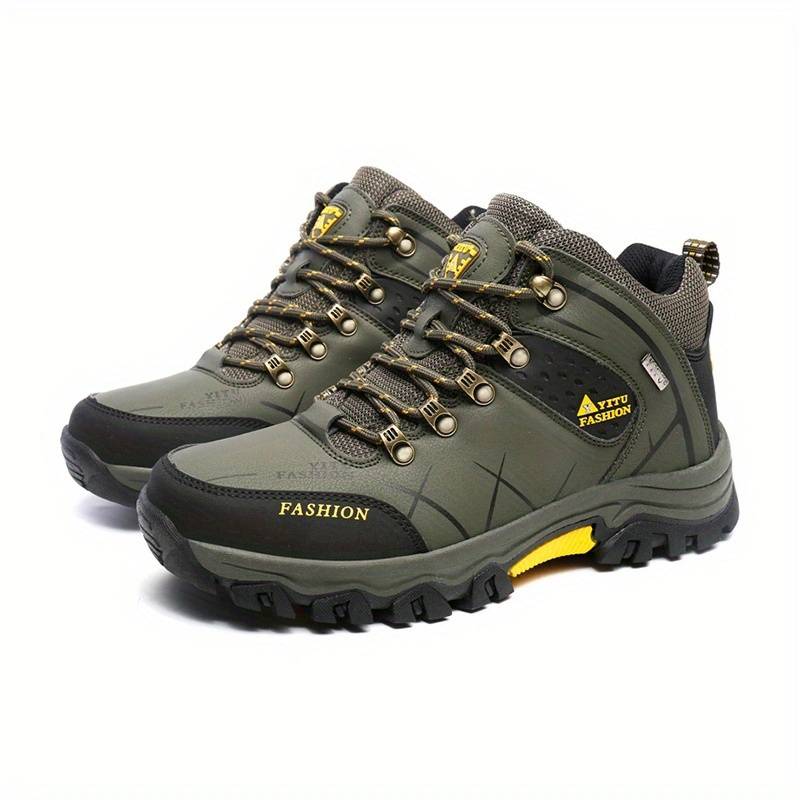
Hiking Boots
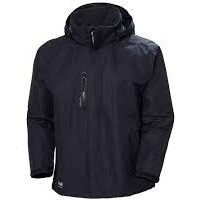
Jacket/Shell

Day Pack

Thermal Underwear


